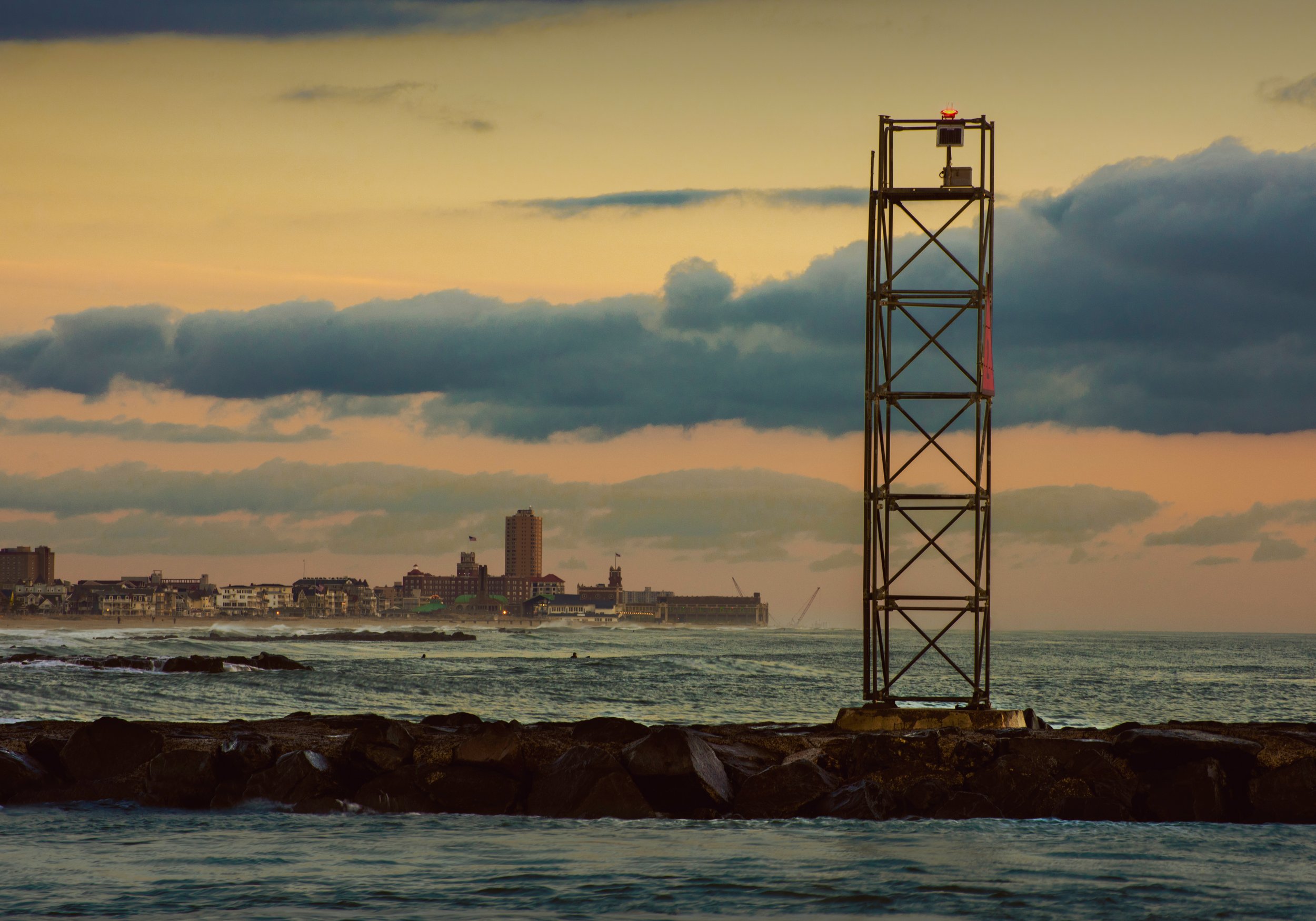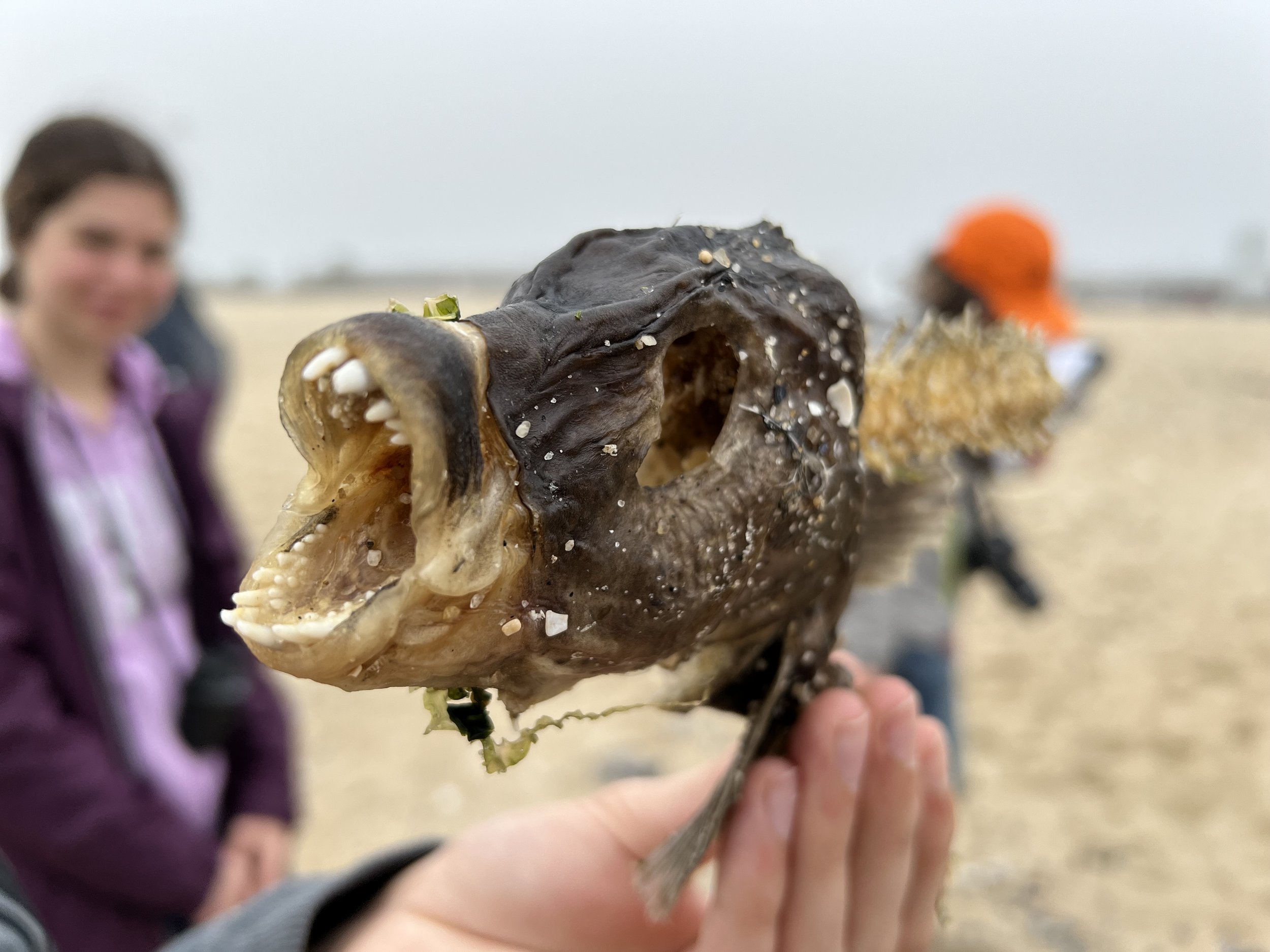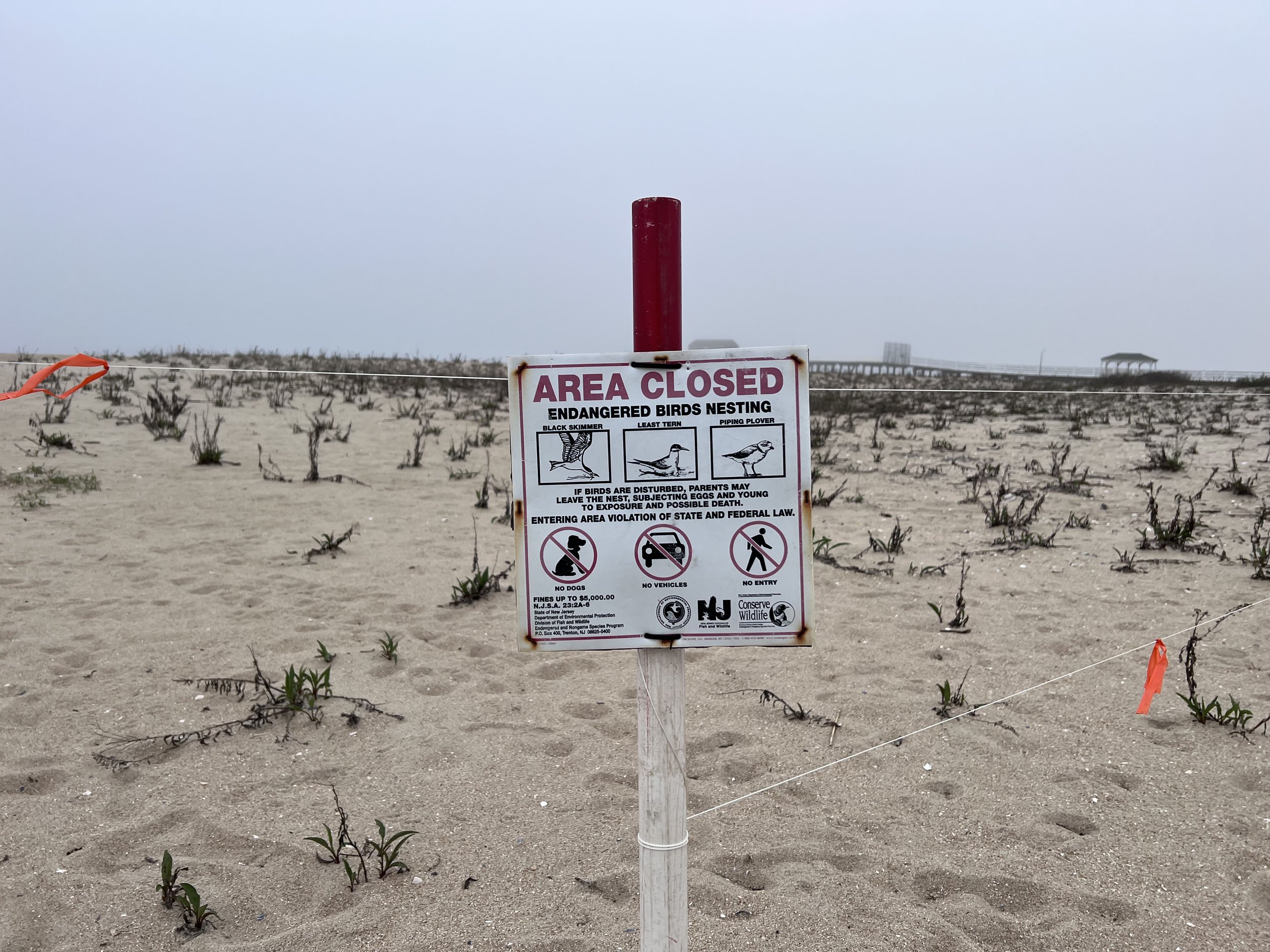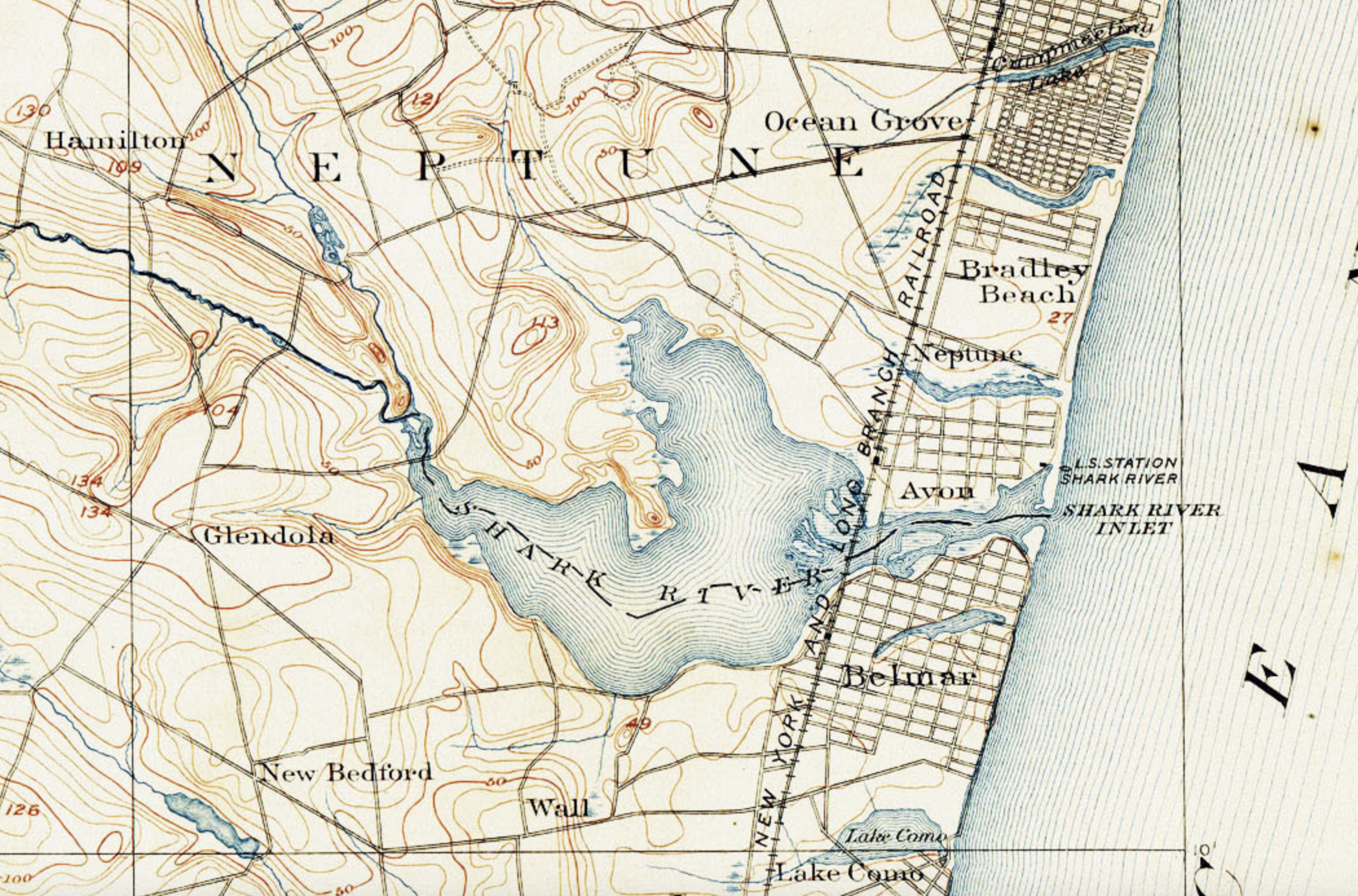
SHARK RIVER INLET
Shark River Inlet Study
Did you know…
The Shark River Inlet is a natural opening along the Jersey Shore that connects the mouth of the Shark River (really a tidal basin or a small bay) with the Atlantic Ocean. The Shark River and the inlet are located entirely in Monmouth County, NJ. It is the northernmost inlet on the New Jersey coast.
The Shark River Inlet acts as a border between the towns of Belmar and Avon-by-the-Sea. The Shark River Inlet is the only river inlet exclusively in Monmouth County that drains directly into the Atlantic Ocean. The Shrewsbury and Navesink rivers drain into Sandy Hook Bay (part of the much larger Lower New York Bay), and the Manasquan River is shared with Ocean County.
The inlet itself has dangerous currents and rough waters. It is a small estuary with a narrow inlet at about 150 feet. The channel depth is maintained at around 18 feet. Dredging takes place every 7 to 10 years.
Upstream, there are numerous freshwater influences including Shark River Stream, Jumping Brook, Musquash Brook, and Laurel Gully Brook, and Heroy’s Stream. The Shark River is bordered by the following municipalities: Avon-by-the-Sea, Neptune City, Neptune Township, Wall Township and Belmar Borough. In total, the Shark River is about 11 miles long. The Shark River is part of a densely structured coast along the northern Jersey Shore.
The Shark River has has approximately 800 acres of shellfish growing waters, but much of the river is classified as Restricted by NJDEP. No harvesting for direct market is allowed in Restricted waters. Shellfish harvest is currently suspended in large portions of the Shark River
MORE INFORMATION
HISTORY
Despite its name, various species of sharks seen swimming in the Shark River Inlet are a rare occurrence by people.
The origin of the name Shark River is unknown. Some locals will claim the river obtained its title from the “low-grade” fishing huts or shacks that once lined the waterway during the late 1700s. The name shark may have been a derivation of the words “Shirk” or “Shack” River.
Perhaps the river received its name during the mid 1800s when a shark (species unknown) was found in the river and perished.
Some other people will tell you the name is from the fossilized shark teeth commonly found upstream in Shark River Park and nearer to the source. Much of present-day Southern New Jersey was covered by the ocean during the Cretaceous geologic period, hence the reason why many fossils found in Monmouth County (including shark teeth) are from ancient aquatic species.
The bridge above the tidal inlet was constructed in 1933, costing around $400,000 to build. The electric powered bridge is lifted several times a day to let boats pass through.
Biological Survey Reports:
Skull of a Tautog fish, Sunday, April 16, 2023
Brant or sea goose
2023
1884 Topo Map of Shark River Inlet and surrounding area.
March 2025. Avon-by-the-Sea.








